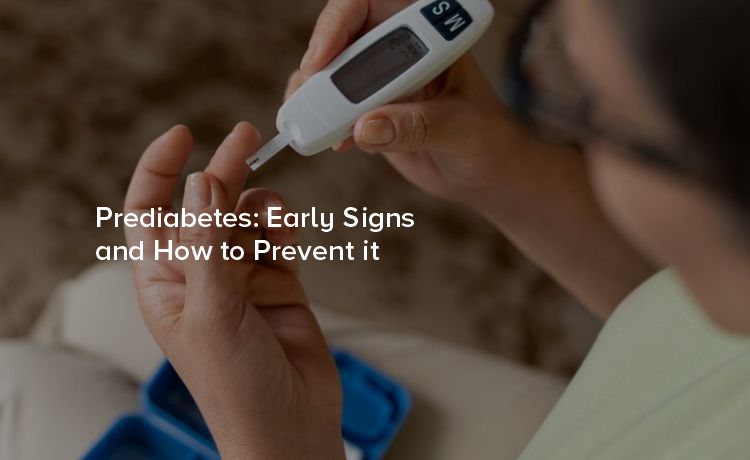
Prediabetes is a condition affecting millions across the globe without them even knowing it. It acts as a red flag, warning you that your blood sugar levels are higher than normal—but not high enough to qualify as diabetes.
Prediabetes is essentially a wake-up call. It indicates that your body isn’t processing blood sugar (glucose) effectively, but it hasn’t yet reached the stage where the condition is classified as type 2 diabetes.
Left unaddressed, prediabetes can progress to type 2 diabetes, which comes with a higher risk of complications like heart disease, stroke, kidney issues, and vision problems. But with the right changes to your lifestyle, you can prevent or delay this progression.
The tricky thing about prediabetes is that it doesn’t usually come with obvious symptoms. Most people are diagnosed only through routine blood tests. However, there are a few signs that may point to an underlying issue with blood sugar regulation.
If you find yourself feeling thirsty more often and needing to urinate frequently, it could indicate higher blood sugar levels. These symptoms occur when excess glucose in your blood pulls water from your tissues, leading to dehydration.
Feeling constantly tired or lacking energy may be linked to problems with how your body processes sugar. Insulin resistance can prevent your cells from getting the energy they need, leaving you drained.
Some individuals with prediabetes develop dark, velvety patches of skin in areas like the neck, armpits, or groin. These patches can be an early sign of insulin resistance.
Cuts and bruises that take longer than usual to heal can be a sign of elevated blood sugar levels. High glucose can impair your body’s ability to repair itself efficiently.
Carrying more weight around your middle can increase your risk of insulin resistance. Weight gain in this area is often linked to metabolic issues, including prediabetes.
Some people are more likely to develop prediabetes due to lifestyle or genetic factors. Here are some things to consider when assessing your personal risk:
The silver lining is that prediabetes is reversible through lifestyle changes. Even modest adjustments can drastically reduce your risk of developing type 2 diabetes. Here’s what you can do to take control of your health.
Your diet plays a pivotal role in blood sugar regulation. Swap out highly processed foods and sugary drinks for nutrient-rich, whole foods.
Exercise is one of the best ways to combat insulin resistance, as it helps your body use glucose more effectively. Aim for 150 minutes of moderate activity each week, as advised by the NHS. This could include brisk walking, swimming, or cycling.
Strength training is also beneficial. By building muscle mass, you improve your body’s ability to manage insulin and keep blood sugar levels normal.
Numerous studies show that losing just 5–7% of your body weight can significantly lower the risk of prediabetes progressing to diabetes. Small, sustainable changes are key, so focus on gradual lifestyle adjustments rather than quick fixes.
If you have risk factors for prediabetes, regular blood sugar checks are essential. Speak to your GP about getting tested if you’re concerned. Routine checks can help catch any rising levels early, giving you the opportunity to take preventive action.
Chronic stress can wreak havoc on your blood sugar by promoting the release of stress hormones like cortisol, which can raise glucose levels. Practices like yoga, meditation, or simply disconnecting for a few moments each day can make a big difference.
Both smoking and frequent alcohol consumption are linked to insulin resistance and can contribute to the development of prediabetes. Cutting back can protect your health and improve your energy levels.
Preventing prediabetes isn’t just about avoiding type 2 diabetes. Taking control of your health also lowers your risk of cardiovascular complications, keeps your metabolism functioning optimally, and boosts your overall quality of life.
Prediabetes may feel daunting, but it’s a condition you can turn around. Small, consistent changes lead to big results, so take a moment today to evaluate your risk factors and put a plan into action.